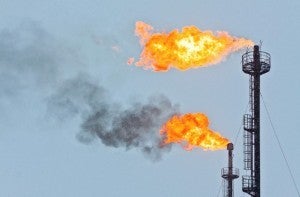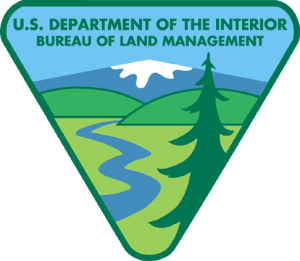By Daniel Roda-Stuart, Fellow

With oil and natural gas production, it’s not only the industry that benefits monetarily. Mineral rights holders (the people who actually own the oil and gas deep below the earth’s surface) benefit too. Depending on where you look in the United States, who owns these mineral rights varies. In many places those minerals are owned by individuals and in other situations it’s the federal or state government.
In the Western U.S., it can often be Native American tribes that own the rights to these resources. And the revenue from the production of these tribal resources can be invaluable for funding education, health care, and other programs. So, what happens when faulty equipment and poor practices allow valuable natural gas to escape to the atmosphere before making it to the sales line? It can result in millions of dollars of lost royalty revenue for Native American tribes.
A recent EDF analysis focuses on the value of this wasted gas and the financial impacts to the Northern Ute tribe in the Uintah Basin of Northeastern Utah. Read More











 Long familiar in major urban areas, smog – what we experts call “ground-level ozone” pollution – is quickly becoming a serious problem in the rural mountain west, thanks to rapid expansion in oil and gas development. Smog can cause serious health impacts like aggravated asthma, chronic bronchitis, heart attacks, and even premature death. In areas like the
Long familiar in major urban areas, smog – what we experts call “ground-level ozone” pollution – is quickly becoming a serious problem in the rural mountain west, thanks to rapid expansion in oil and gas development. Smog can cause serious health impacts like aggravated asthma, chronic bronchitis, heart attacks, and even premature death. In areas like the